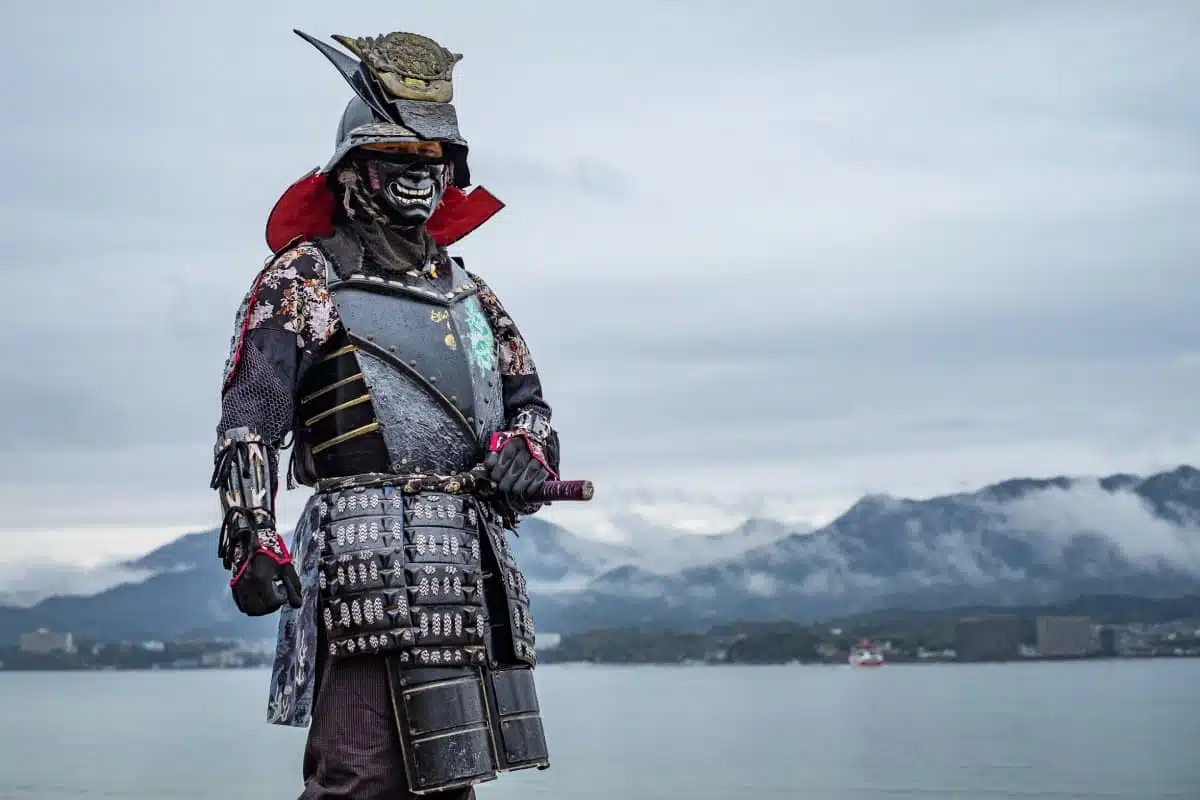The samurai, Japan’s famed warrior class, have left an indelible mark on the country’s culture, history, and collective imagination. From the late 12th century until their decline in the 19th century, the samurai were skilled fighters and adherents to a strict ethical code known as Bushido, which emphasized honor, discipline, and loyalty. Today, Japan honors this tradition through various cultural practices, historical sites, and festivals, allowing visitors to explore the way of the samurai sustainably and respectfully. This guide uncovers Japan’s ancient samurai culture, highlighting destinations and practices that offer insights into the samurai way of life, all while emphasizing eco-conscious travel and cultural preservation.
A Brief History
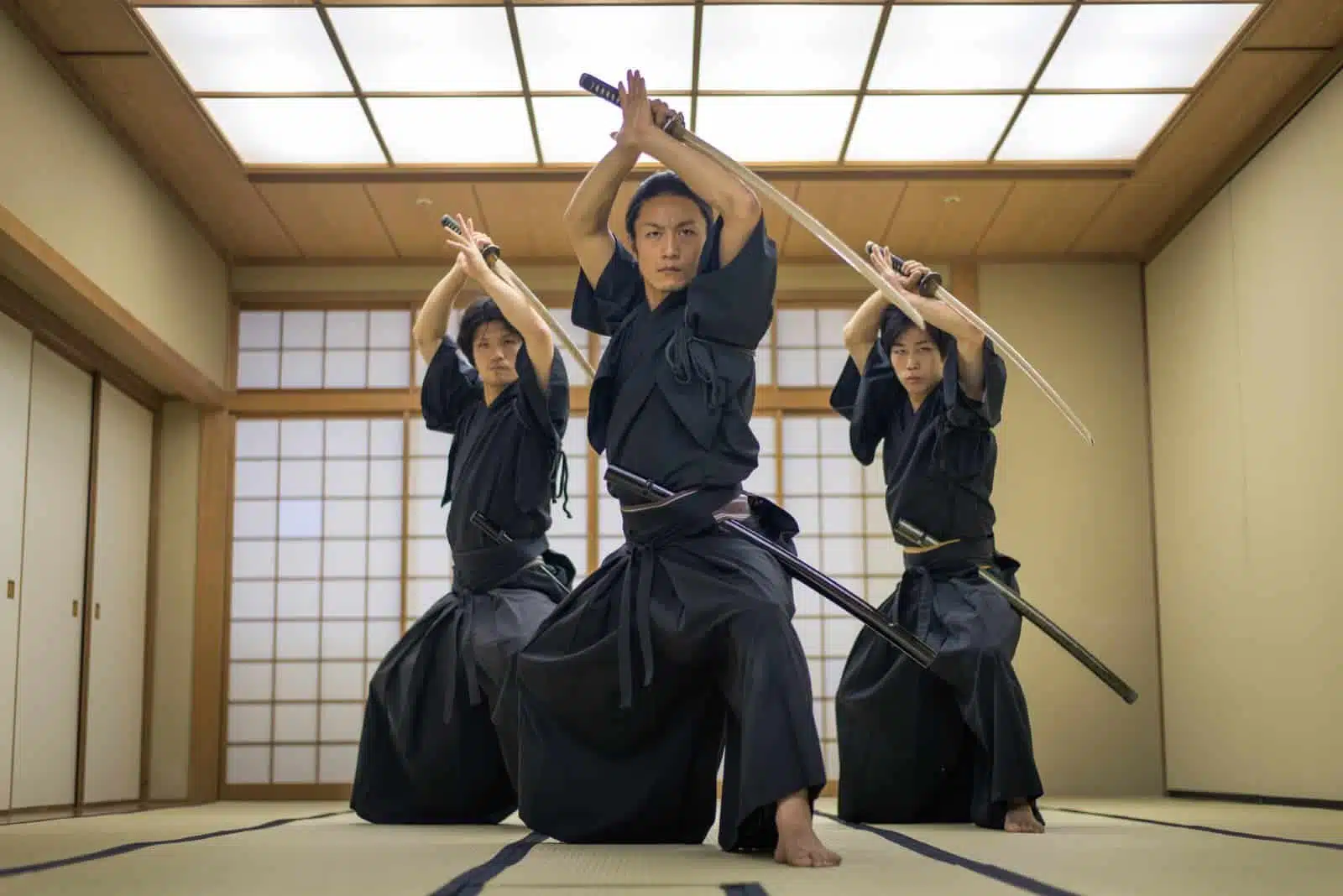
Image Credit: Shutterstock / oneinchpunch
The samurai were a class of military nobility in Japan who emerged in the late Heian period (794-1185) and came to dominate Japanese government and society until the end of the Edo period (1603-1868). Their origins can be traced back to the early 10th century when provincial clans employed warriors to protect their lands and enforce their authority. Over time, these warriors developed into a distinct class known as “samurai,” which means “those who serve.”
During the 12th century, the Minamoto and Taira clans, both of samurai origin, engaged in a series of conflicts known as the Genpei War, which culminated in the establishment of the first samurai-led government, or shogunate, under Minamoto no Yoritomo in 1192. This marked the beginning of the Kamakura period (1185-1333), during which the samurai class solidified its status as the ruling military elite, governed by a code of conduct that emphasized loyalty, honor, and martial ability.
The samurai’s influence continued to grow through subsequent periods, including the Muromachi (1336-1573) and Sengoku (1467-1603) periods, the latter being a time of near-constant military conflict among competing feudal lords (daimyo). During these times, the samurai refined their skills in swordsmanship, archery, and horseback riding, and the Bushido code—the way of the warrior—became more defined, incorporating Confucian and Zen Buddhist principles.
The arrival of the Edo period (1603-1868) under the Tokugawa shogunate brought about a long era of peace, significantly changing the samurai’s role in society. With less need for military skill, many samurai turned to administrative roles, scholarship, and the arts, though they remained a privileged class with the right to bear arms.
The Meiji Restoration of 1868, which restored imperial rule to Japan, marked the beginning of the end for the samurai class. The new government sought to modernize and centralize its power, abolishing the feudal system and the samurai’s hereditary privileges. By the late 19th century, the samurai had been transformed into a new class of nobility or integrated into modern Japan’s growing professional and merchant classes.
Despite their dissolution as a class, the legacy of the samurai continues to influence Japanese culture, from traditional martial arts and the Bushido code to popular media and literature, embodying ideals of honor, discipline, and loyalty that resonate today.
1. Tsuwano’s Samurai District
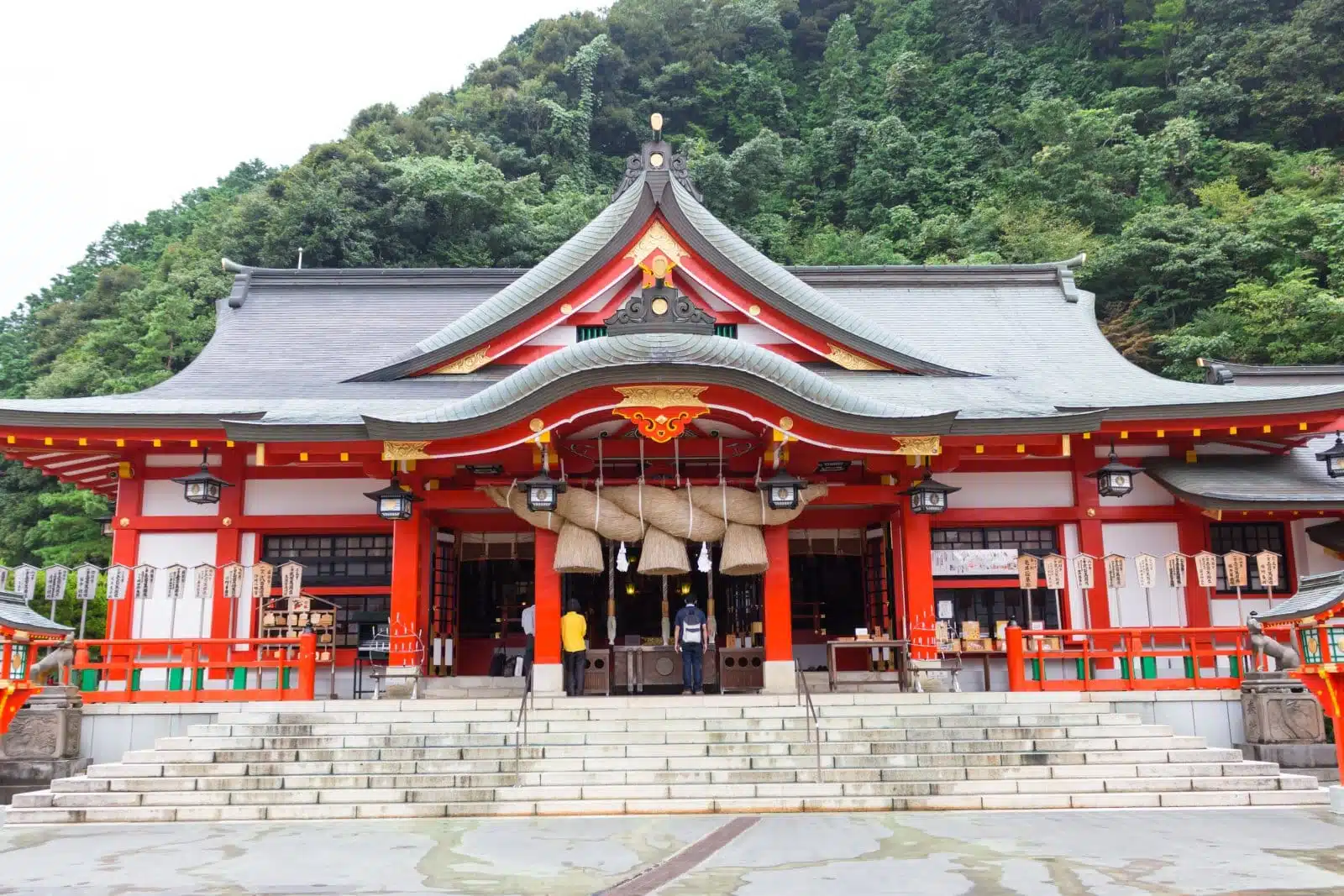
Image Credit: Shutterstock / Yangxiong
Tsuwano, often called “Little Kyoto,” offers a glimpse into samurai life during Japan’s feudal era. Its well-preserved samurai district, with charming streets lined with traditional residences, tells the story of a bygone era. Visitors can explore the Kakuouzan Nishi Honganji Temple, the Tsuwano Castle ruins, which offer panoramic views of the town and its surroundings, and the samurai residences that have stood the test of time.
Insider’s Tip: Visit the Tsuwano Yabusame Festival held in April, where you can witness the ancient art of horseback archery, a skill once practiced by samurai warriors.
When to Travel: Spring (March to May) and autumn (September to November) are ideal for visiting Tsuwano, offering pleasant weather and the beauty of seasonal changes.
How to Get There: Tsuwano is accessible by train from major cities like Hiroshima. The journey offers scenic views of Japan’s countryside, making the trip an experience in itself.
2. Samurai Museum, Tokyo
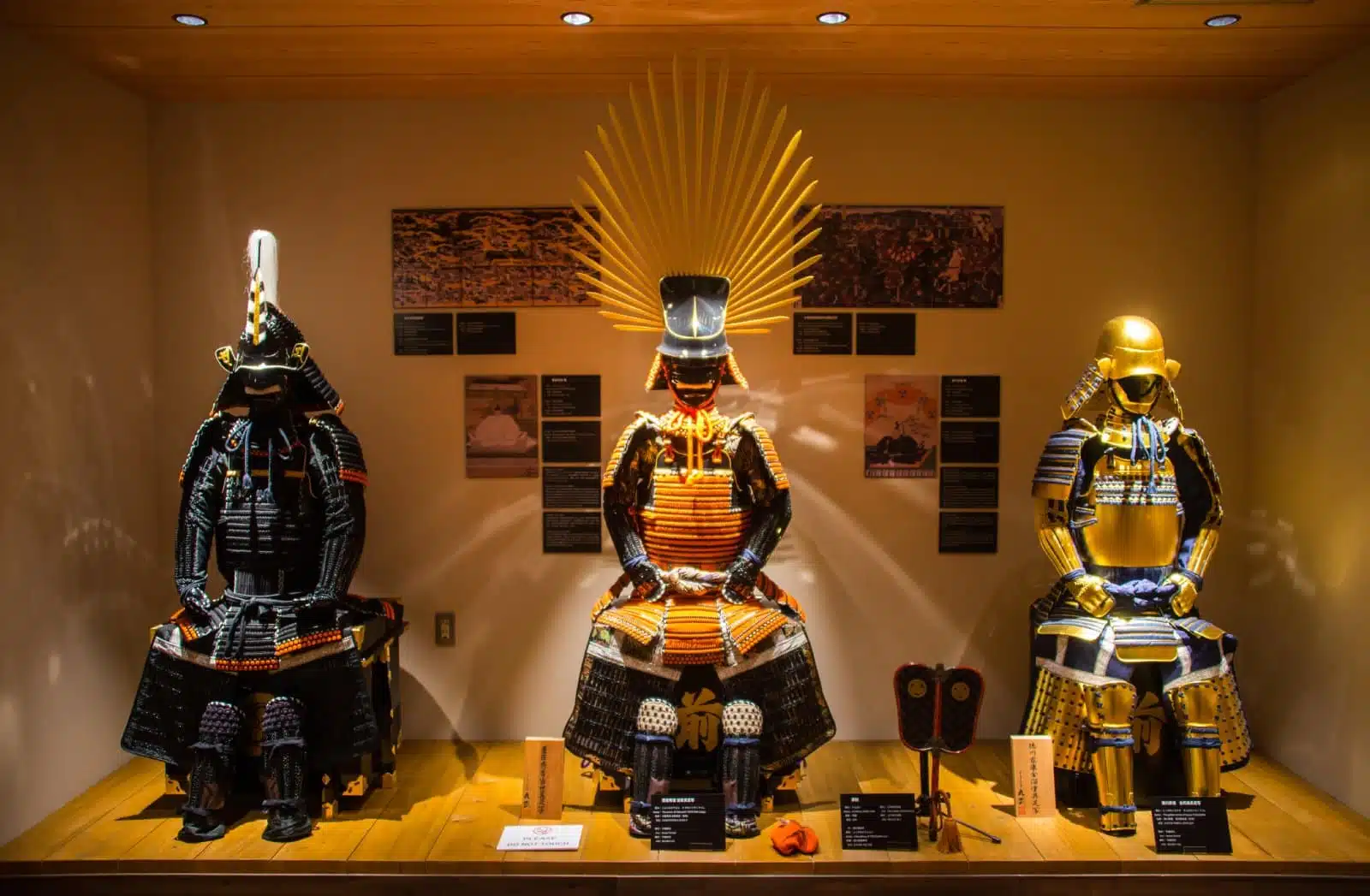
Image Credit: Shutterstock / Vassamon Anansukkasem
Located in the bustling Shinjuku district, the Samurai Museum offers an immersive experience into the samurai world. The museum showcases a wide array of samurai armor, weapons, and artifacts, each piece telling its own story of Japan’s feudal past. Guided tours and samurai swordsmanship demonstrations provide deeper insights into the samurai’s martial skills and their significance in Japanese history.
Insider’s Tip: Participate in a samurai armor fitting session or a sword-handling workshop to get a hands-on experience of samurai traditions.
When to Travel: Tokyo is a year-round destination, but the museum is particularly enjoyable during weekdays to avoid crowds.
How to Get There: The museum is easily accessible via Tokyo’s efficient public transportation system, with several metro stations located nearby.
3. Kyoto’s Samurai and Ninja Experience

Image Credit: Shutterstock / Serg Zastavkin
Kyoto, the ancient capital of Japan, is home to the Samurai and Ninja Museum with Experience, where visitors can delve into the secretive world of ninjas and the honorable path of the samurai. The museum not only displays an extensive collection of ninja and samurai artifacts but also offers interactive experiences such as samurai sword lessons, ninja star throwing, and wearing traditional ninja and samurai attire.
Insider’s Tip: Book the full samurai and ninja experience package in advance to ensure a comprehensive exploration of both warrior cultures in one visit.
When to Travel: Kyoto is beautiful in spring and autumn, with cherry blossoms and fall foliage providing a stunning backdrop to your samurai exploration.
How to Get There: The museum is located in Kyoto’s city center and is easily reached by bus or train from anywhere in the city.
4. Kakunodate’s Samurai Houses
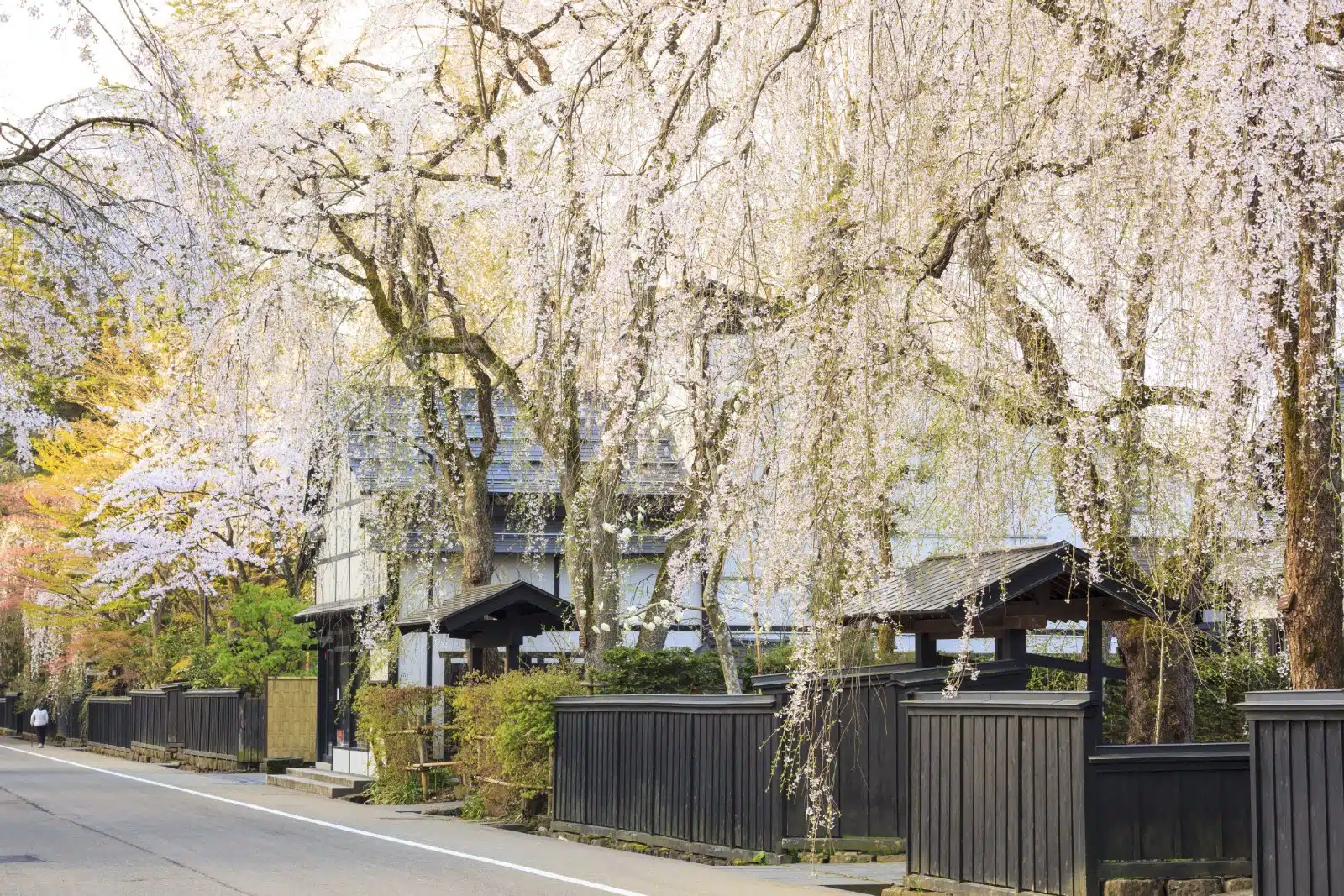
Image Credit: Shutterstock / Norikazu
Kakunodate, in Akita Prefecture, is renowned for its beautifully preserved samurai district. This area, with its historic samurai houses set against the backdrop of cherry trees, offers a peaceful glimpse into the samurai lifestyle. Many of these residences are still owned by descendants of the original samurai families and are open to the public, showcasing traditional architecture, gardens, and artifacts.
Insider’s Tip: Visit during the cherry blossom season when the samurai district is at its most picturesque, with the ancient homes framed by blooming sakura.
When to Travel: Late April to early May for the cherry blossoms or autumn for the changing leaves.
How to Get There: Kakunodate is accessible by bullet train from Tokyo; part of the experience is enjoying the scenic journey through Japan’s countryside.
5. Sengan-en Garden, Kagoshima
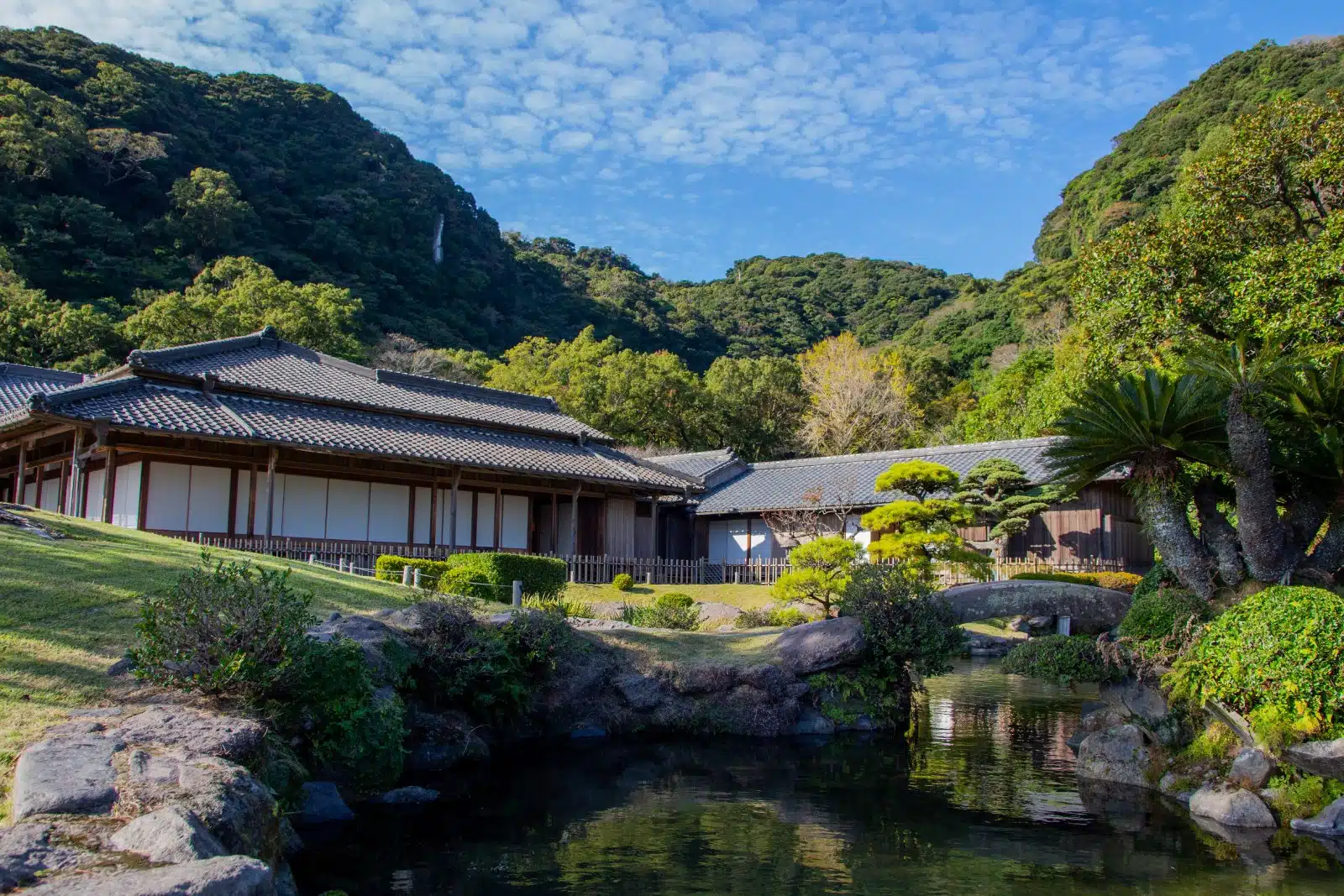
Image Credit: Shutterstock / Se.eS
Sengan-en Garden in Kagoshima is a historic estate that was once the residence of the Shimadzu clan, one of Japan’s most influential samurai families. The garden, with its stunning landscapes that blend with the natural scenery of Kagoshima Bay and the Sakurajima volcano, also houses a museum dedicated to the Shimadzu family, showcasing their contributions to Japan’s industrialization and the role of samurai in modernizing the country.
Insider’s Tip: Make sure to explore the Shimadzu family’s private residence within the garden, which offers insights into the life of samurai elites in the context of Japan’s transition into the modern era.
When to Travel: Kagoshima is pleasant in spring and autumn, with mild temperatures perfect for exploring the gardens.
How to Get There: Kagoshima is served by Kagoshima Airport, with easy bus and train connections to Sengan-en Garden.
6. Samurai Residences in Kakunodate, Akita
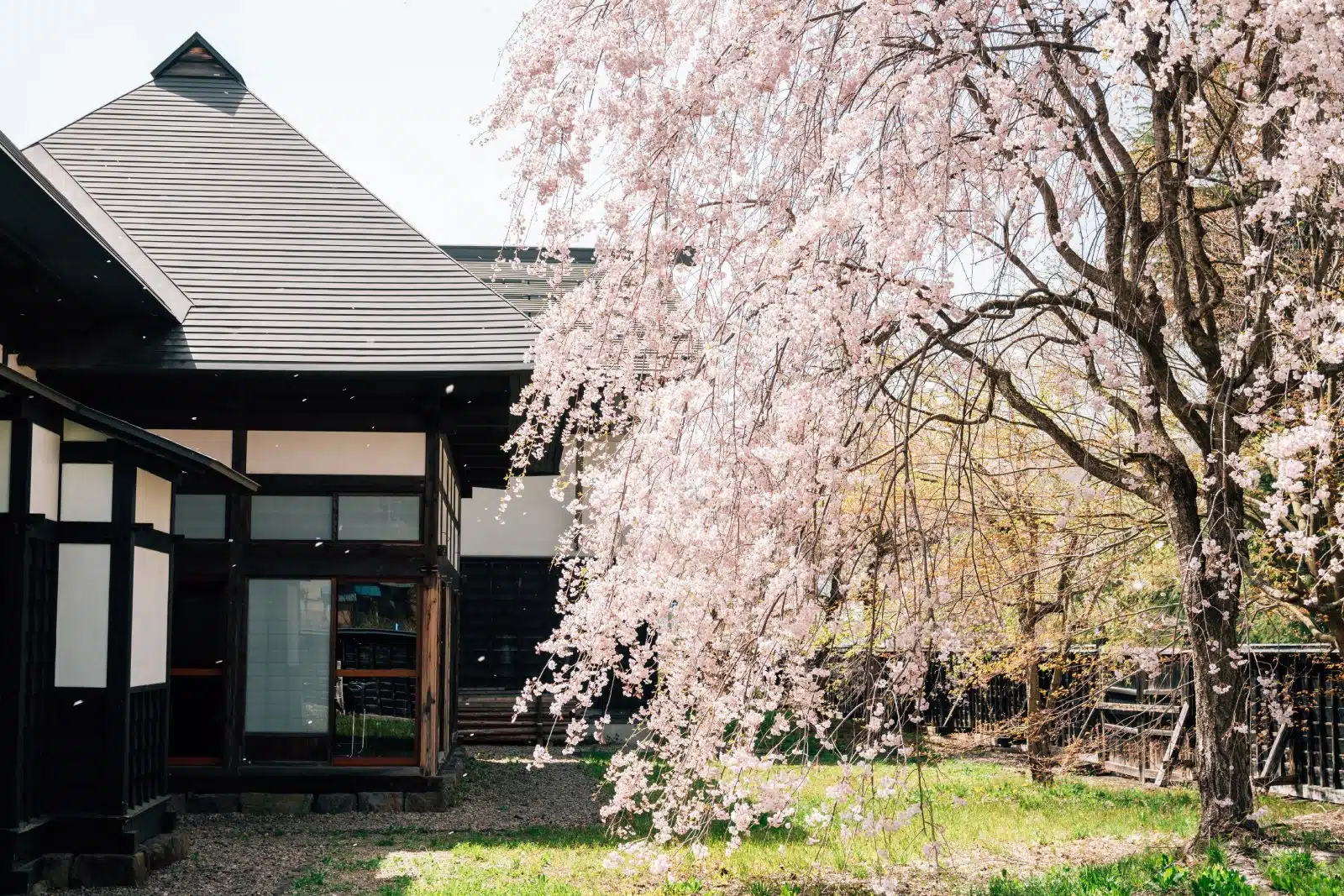
Image Credit: Shutterstock / Sanga Park
Kakunodate, often called the “Little Kyoto of Tohoku,” is renowned for its well-preserved samurai district. The area boasts several historic samurai residences set amidst serene gardens, offering a glimpse into the samurai lifestyle during the Edo period. Visitors can explore traditional architectural styles and artifacts that reflect the daily lives and culture of the samurai class.
Insider’s Tip: Visit during the cherry blossom season in spring when the samurai district is framed by blooming sakura trees, providing a picturesque setting that enhances the historical ambiance.
When to Travel: Late April to early May for cherry blossoms or autumn for vibrant foliage.
How to Get There: Kakunodate is accessible by bullet train from Tokyo to Akita, followed by a local train to Kakunodate station.
7. Iaido Experience in Kyoto
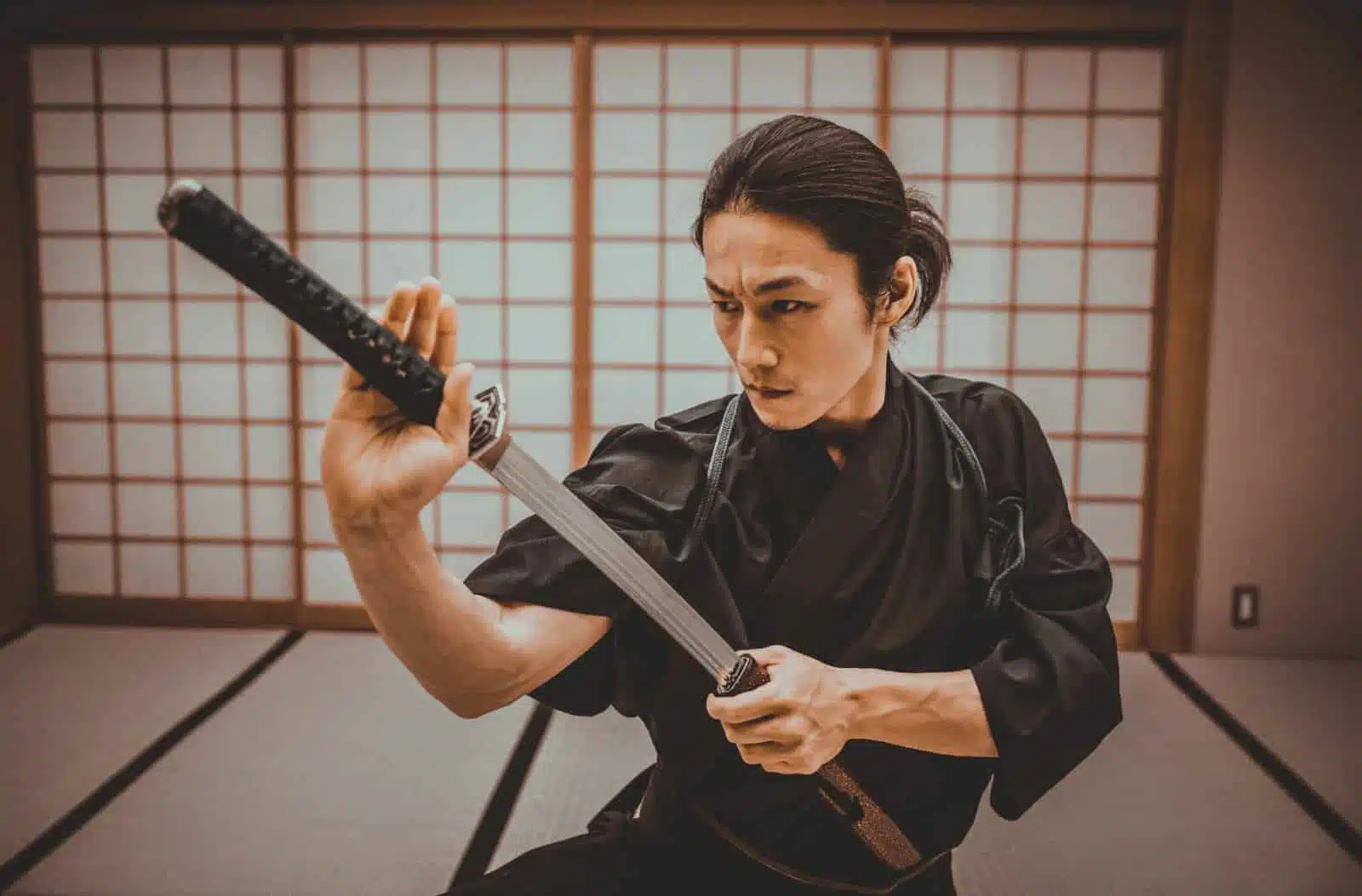
Image Credit: Shutterstock / oneinchpunch
Iaido, the art of drawing the sword, is a Japanese martial art that embodies the spirit of the samurai. Kyoto, with its rich history and cultural significance, offers opportunities for visitors to learn iaido from experienced practitioners. These sessions teach swordsmanship skills and consider samurai culture’s meditative and philosophical aspects.
Insider’s Tip: Look for iaido experiences that include visiting a traditional dojo, where you can practice in an authentic setting that adds depth to the learning experience.
When to Travel: Kyoto is beautiful year-round, but spring and autumn offer the most temperate weather for outdoor activities.
How to Get There: Kyoto is well-connected by train and bus services from major cities like Tokyo and Osaka. Iaido experiences can be found in various locations throughout the city.
8. Takeda Castle Ruins in Hyogo
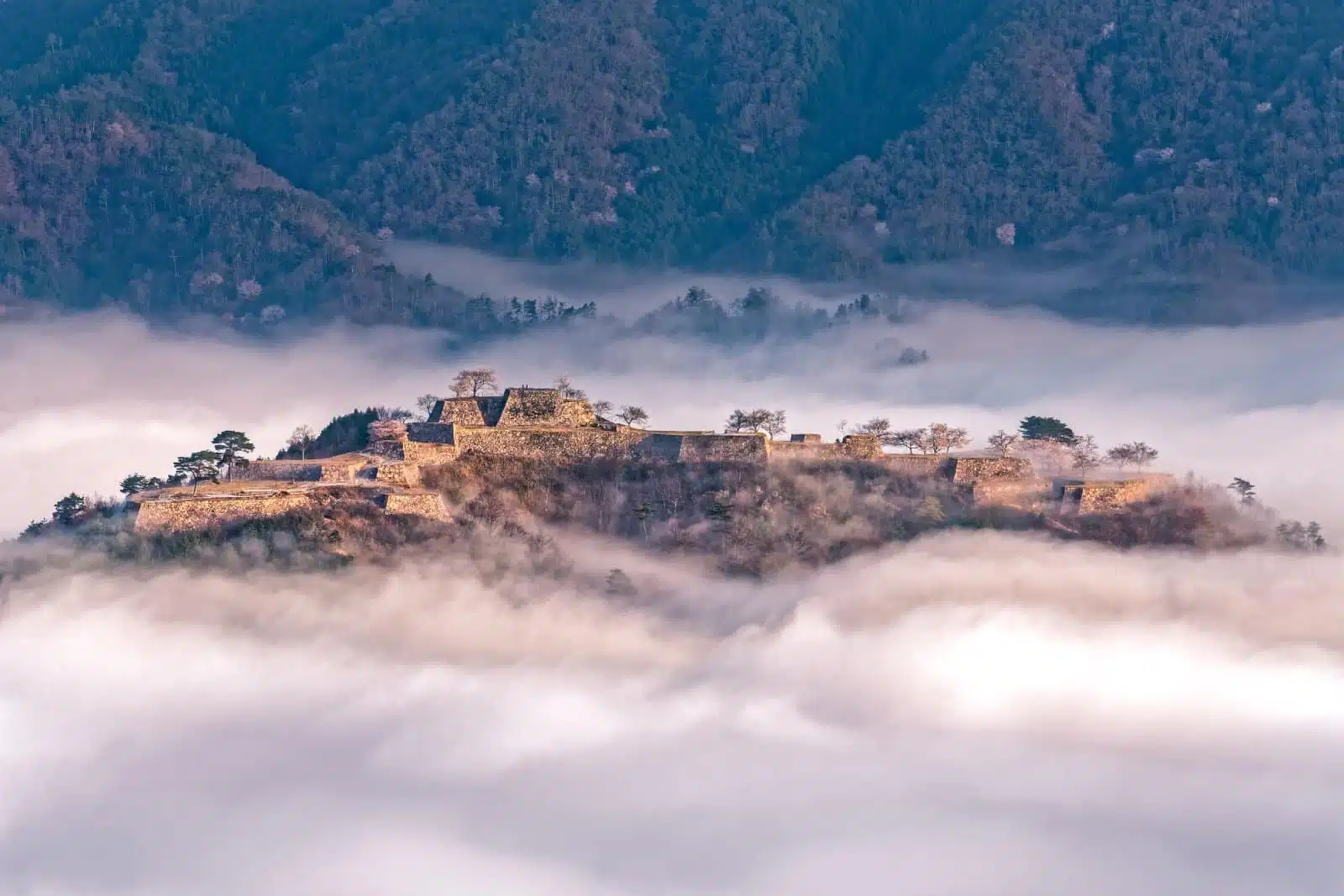
Image Credit: Shutterstock / M Andy
Often referred to as the “Castle in the Sky,” the Takeda Castle Ruins in Hyogo Prefecture offer breathtaking views, especially in autumn when the morning mist creates the illusion of a castle floating in the clouds. The ruins are a testament to Japan’s feudal history and the strategic importance of samurai fortifications.
Insider’s Tip: Visit early in the morning during autumn to witness the “sea of clouds” phenomenon that envelops the castle ruins.
When to Travel: Late September to November for the best chance to see the castle ruins amidst clouds.
How to Get There: The nearest station is Takeda, accessible by train from major cities like Kyoto and Osaka, followed by a hike to the ruins.
9. Nagamachi Samurai District in Kanazawa
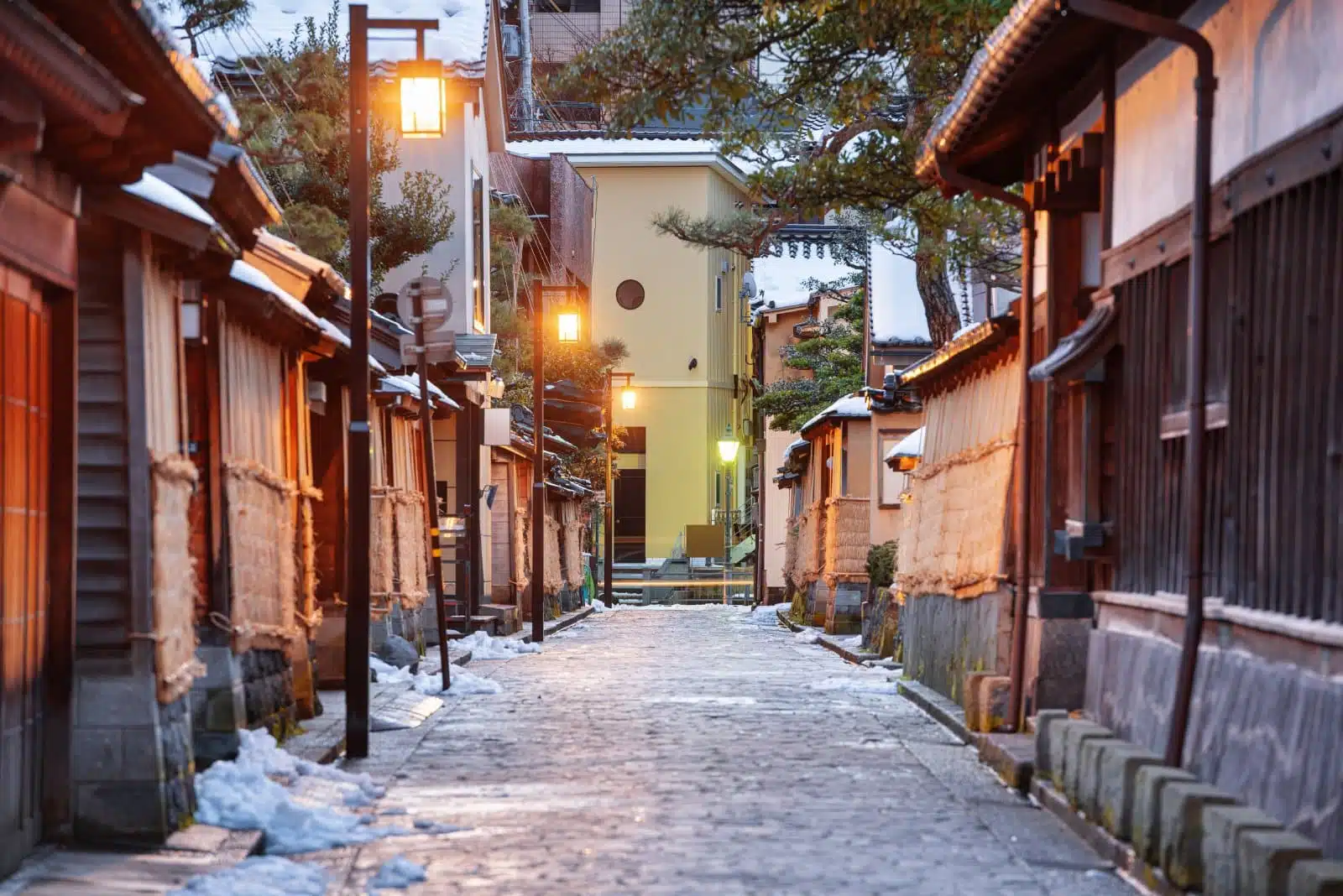
Image Credit: Shutterstock / Sean Pavone
The Nagamachi district in Kanazawa preserves the ambiance of a samurai neighborhood with its earthen walls, narrow lanes, and traditional residences. Visitors can explore the Nomura Samurai House, a restored residence featuring beautiful gardens, art, and armor displays, offering insights into the lifestyle of a samurai family.
Insider’s Tip: After exploring the samurai district, visit the nearby Kenrokuen Garden, one of Japan’s three great gardens, for a peaceful stroll through meticulously landscaped surroundings.
When to Travel: Spring for cherry blossoms and autumn for fall colors enhance the beauty of the district and garden.
How to Get There: Kanazawa is accessible by bullet train from Tokyo. The Nagamachi district is a short bus ride or walk from Kanazawa station.
The Bottom Line
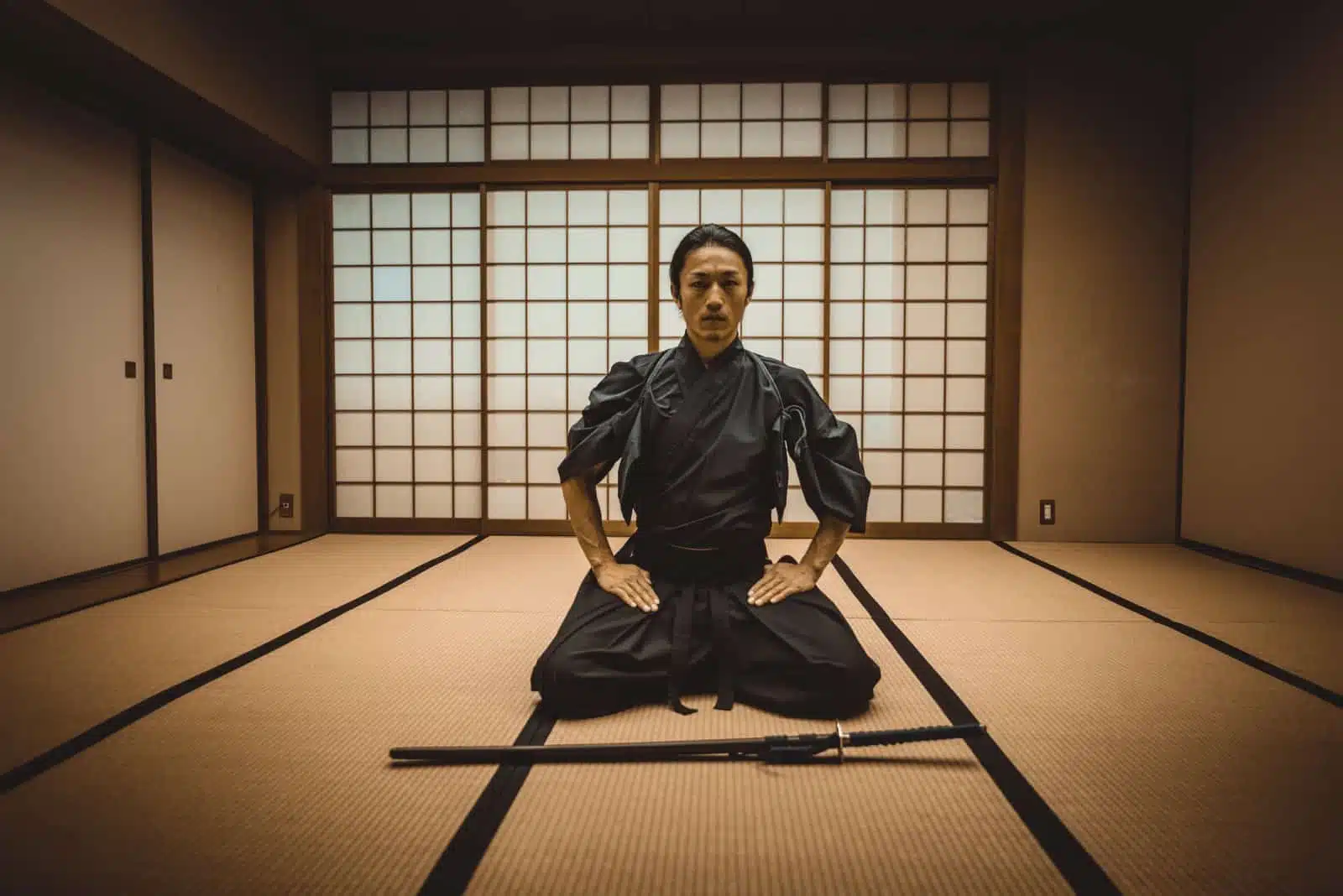
Image Credit: Shutterstock / oneinchpunch
The samurai have left an indelible mark on Japanese history and culture. Emerging in the 10th century as provincial warriors and evolving into a ruling military elite, their influence extended through several centuries, shaping Japan’s social structure, politics, and values. Even after their formal dissolution in the late 19th century, the legacy of the samurai endures, manifesting in modern Japan’s martial arts, ethical codes, and cultural output. Their story is a testament to the transformative power of discipline, loyalty, and honor, principles that continue to resonate within and beyond Japan. Exploring the history and culture of the samurai offers valuable insights into the complexities of human society and the enduring appeal of the warrior ethos.
More From The Green Voyage
12 Best Practices for Sustainable Travel in 2024 – How to Travel With Minimal Environmental Impact
Unlocking Hotel Perks – A Traveler’s Guide to Maximizing Hotel Reward Programs for Optimal Benefits
Travel Hacks for Frequent Flyers – 6 Tips and Tricks to Make the Best of Air Travel
The post The Way of the Samurai – Exploring Japan’s Ancient Culture first appeared on The Green Voyage.
Featured Image Credit: Shutterstock / siriwat sriphojaroen.
For transparency, this content was partly developed with AI assistance and carefully curated by an experienced editor to be informative and ensure accuracy.
Tips for Trip Success
Book Your Flight
Find an inexpensive flight by using Kayak, a favorite of ours because it regularly returns less expensive flight options from a variety of airlines.
Book Your Hotel or Special Accommodation
We are big fans of Booking.com. We like their review system and photos. If we want to see more reviews and additional booking options, we go to Expedia.
You Need Travel Insurance!
Good travel insurance means having total peace of mind. Travel insurance protects you when your medical insurance often will not and better than what you get from your credit card. It will provide comprehensive coverage should you need medical treatment or return to the United States, compensation for trip interruption, baggage loss, and other situations.Find the Perfect Insurance Plan for Your Trip
